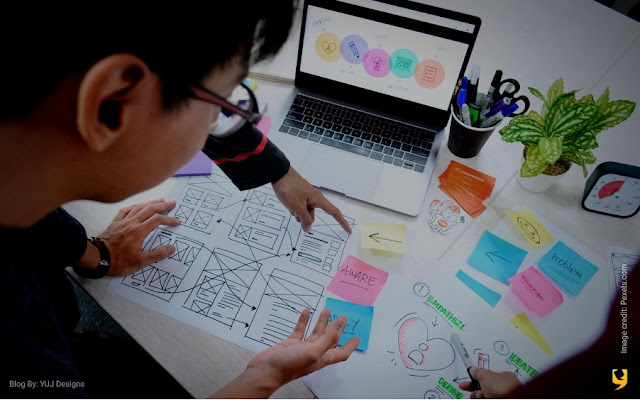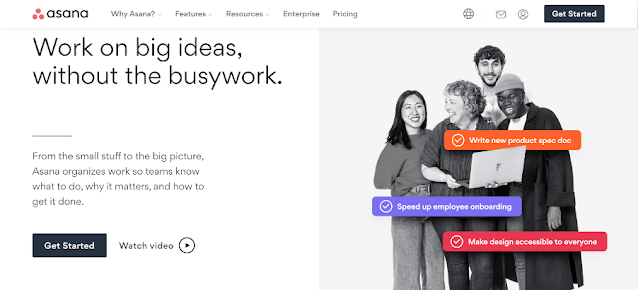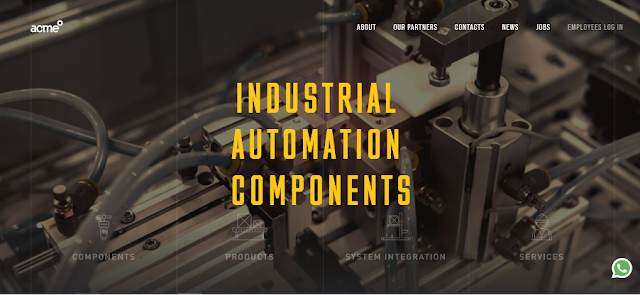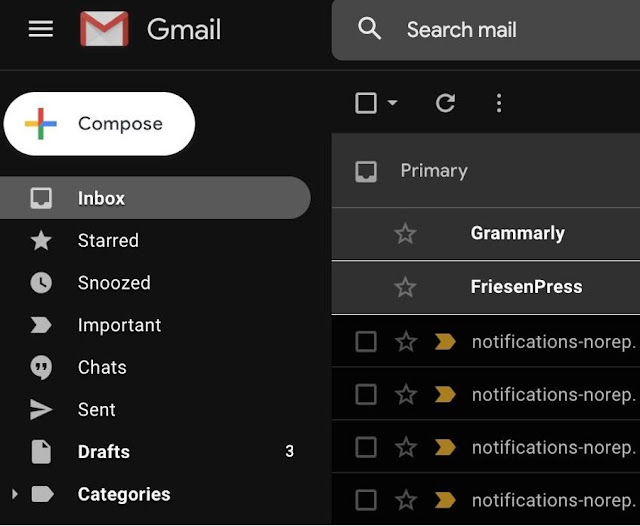If you think a good UX design does not impact your bottom line, the following statistics will make you think again:
- Profitable: Every $1 invested in UX results provides a return of $100--or a whopping ROI of 9900%. [reference]
- Better conversion: According to a study by Forrester Research, a better UX design can yield conversion rates up to 400%. [reference]
Clearly, a good UX design is the key to unlocking greater profits and boosting user satisfaction. In this blog, we will look at the most common mistakes to avoid and how to overcome them with useful hacks, strategies, and tips. Let's jump right in.
Top-5 Mistakes to Avoid During UX Design
Mistake 1: Focusing on aesthetics over functionality or vice-versa
Most websites are either too functional or too creative in their design approach. Leaning intensely on one aspect can create a low-impact design. To make things crystal-clear, let's look at a real-life example.
Here's an example of a website that's functionally sound--it has all the essential information at the top, but the design is vanilla, or simply it lacks creativity:
On the other side of the spectrum, here's a website that is creative yet functional--owing to engaging animations, interactive elements, and highly visible Call-to-Action buttons that literally guide visitors throughout the browsing experience:
How to solve it: By creating the right balance between both
When designing the user experience, it is important to balance both these elements. You can do so by answering the following key questions:
- Are the graphic elements adding value and meaning to your overall design?
- Is the UX design useful, purposeful, and functional for the end-user
- Will your target audience find it appealing?
For inspiration, take a look at Acme's minimalistic website design that is aesthetically pleasing without losing out on functionality and user-friendliness:
Mistake 2: Focusing too much on designing solely for achieving the business goals
Another problem area that most brands struggle with is not understanding the primary goals of the design--who is the design aimed at, and what is its primary goal? For instance, do you want to prioritize costs over customer usability? Do you wish to complete the design within a set timeframe even if the design feels incomplete?
Often, companies end up focusing way too much on achieving the business goals (owing to a shoestring budget, strict timelines, etc.) as opposed to understanding how they can delight the customers through their design--a big mistake.
How to solve it: By embracing a user-centric design thinking methodology
At the heart of a great design lies the ability to problem-solve your customer's issues and concerns. Instead of focusing on simply achieving the ‘business goals,' brands should ensure that their design:
A. Solves the user's pain points/problems
B. Delights the customers
One outstanding example of UX design that literally embraces a user-centric design methodology and simultaneously solves user issues is Zendesk:
The website focuses on providing great customer support right from the very beginning. Customers can sign up for a free trial, view the demo, and even chat with a live agent--all at the click of a button. Even the pop-up content is wired to the customer's needs and wants:
Long story short, brands should not compromise on the usefulness aspect of the user design--even if the business goals (think: cost, deadline, etc.) are not being immediately met.
Mistake 3: Falling in love with the designs
This one's hard to ignore. Oftentimes, teams get too caught up with a certain design because they're unable to be objective about it. In other words, they might be biased towards the design itself--at the cost of functionality, practicality, and other core aspects of user designing.
Take a look at the following website design where the page scrolls 'horizontally' instead of vertically:
While there is nothing wrong with this, the design feels counter-intuitive, considering most people are used to the 'vertical' format of page scrolls. Plus, while some people may think that this website is informative, it can feel a bit cluttered due to 'information overload.' Instead of getting stuck on the design principles--despite the glaring errors--designing teams and the management should embrace a more flexible approach and be ready to pivot as needed.
How to solve it: By being objective about what's right for the user and the business
Maintaining objectivity in UX design is a hard nut to crack but an important asset--the leadership and the team at large should always keep an eye on the 'big picture' while ensuring that the design actually solves the user's issues and helps achieve business outcomes, all at the same time.
Mistake 4: Integrating any and every type of UX design trend
Every year, a set of unique UX trends create a buzz. For example, in 2019, the 'dark theme' created ripples in the designing circles. However, these trends may not always map out. Take a look at Google Desktop's dark mode, which creates issues relating to legibility and readability:
Clearly, while the dark mode may work for some brands, it does not work for all. The point we're driving home is this: Design trends come and go. Instead of getting caught up in integrating every single trend, it is important that you do not blindly embrace the trends to 'follow the herd.
How to solve it: By engaging in strategic design thinking that's aligned with business and customer goals
When designing, it is critical to keep analyzing your Key Performance Indicators to ensure that your design is rooted in strategy, business goals, and customer-centricity. So make sure to do your research, sit with the team, and prfioritize the key trends you want to integrate to boost the website's performance and efficacy instead of taking away from it.
Mistake 5: Undermining the power of user research and/or user testing through each phase
Finally, brands do not put in enough effort to collect data with respect to user research and interface testing throughout the designing process. Without real-time data at hand, brands are at a decided disadvantage as they won't be able to uncover what's working for the design and what's not.
How to solve it: By testing and researching rigorously at every stage of the designing process
When creating a design, you need to constantly collect data and measure for quality and effectiveness across the design versions. Here's an example of A/B testing a mobile app design for button placement and color:
You can leverage Google’s Optimize platform to A/B test your designs and make changes accordingly. The end goal is to gain invaluable insights into user needs, preferences, etc., and create in-depth personas that can be mapped to your overall design strategy.

The Takeaway
Powerful UX design is more than using the right colors, font, and formatting. If your design does not solve your customer's problems and is only 'nice to look at,' your conversion rates will falter. In other words, think of UX as more of a strategic business tool rather than implementing a 'lipstick-on-the-pig' approach--one where you're only making cosmetic changes to the overall design in an effort to disguise its fundamental failings. If you're second-guessing the impact generated through thoughtful UX implemented well, know that solving the right problems with UX can lead to:
higher adoption rates and higher sales
minimized human error and reduced redevelopment costs
increased trust and customer lifetime value
serve as a competitive advantage for the business and help bring new customers to the door
All in all, steer clear of the five mistakes outlined above to start with and create a winning design that converts users and appeals to their aesthetic sensibilities.
Think we've missed out on any errors that you may have come across? Comment below. We're all ears.
About author:
We are a global UX Design Studio delivering valuable experiences for humans that impact businesses.
Website: www.yujdesigns.com
LinkedIn: https://www.linkedin.com/company/yuj-designs
DISCLOSURE: This post may contain affiliate links, meaning when you click the links and make a purchase, we receive a commission.
















%20in%20India.png)

